Why Your Grandma’s House Might Need More Than Just a Fresh Coat of Paint
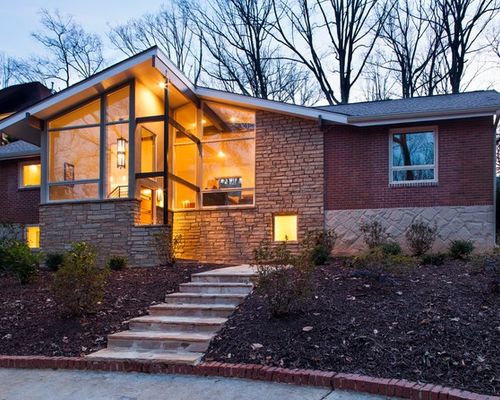
Let’s talk about something we all see but nobody wants to address: some of DeKalb County’s homes are showing their age. And we’re not talking about a few gray hairs – we’re talking about the kind of aging that makes modern homebuyers scroll past overpriced listings faster than their kids swipe through TikTok.
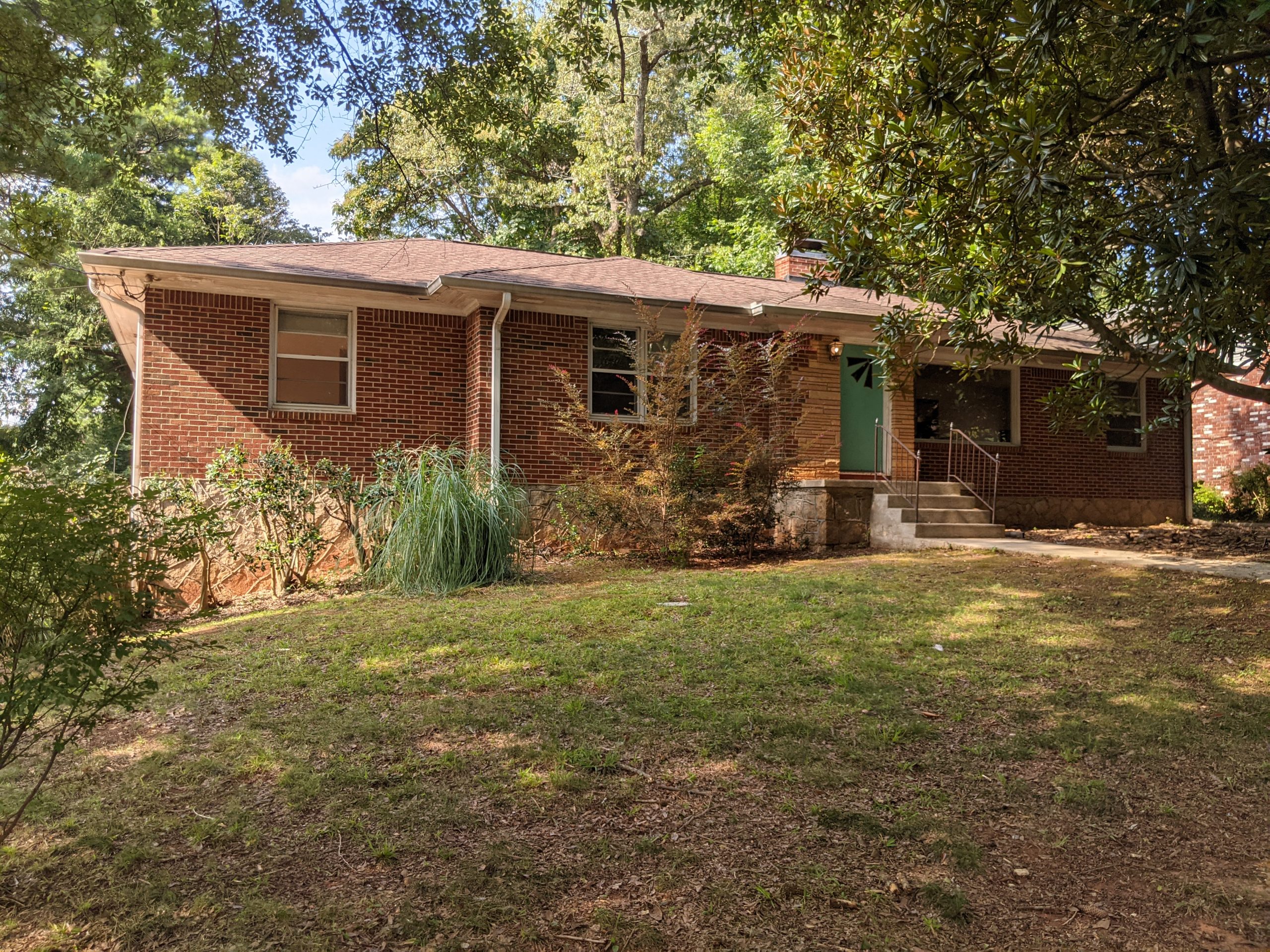
## The Time Machine Effect
Walking into many DeKalb County homes is like stepping into a time machine:
– Average age of homes in established neighborhoods: 45+ years
– Most common construction period for resales across the county: 1960-1975
– Percentage of homes without major updates: 62%
– Average renovation needed per home: $42,000
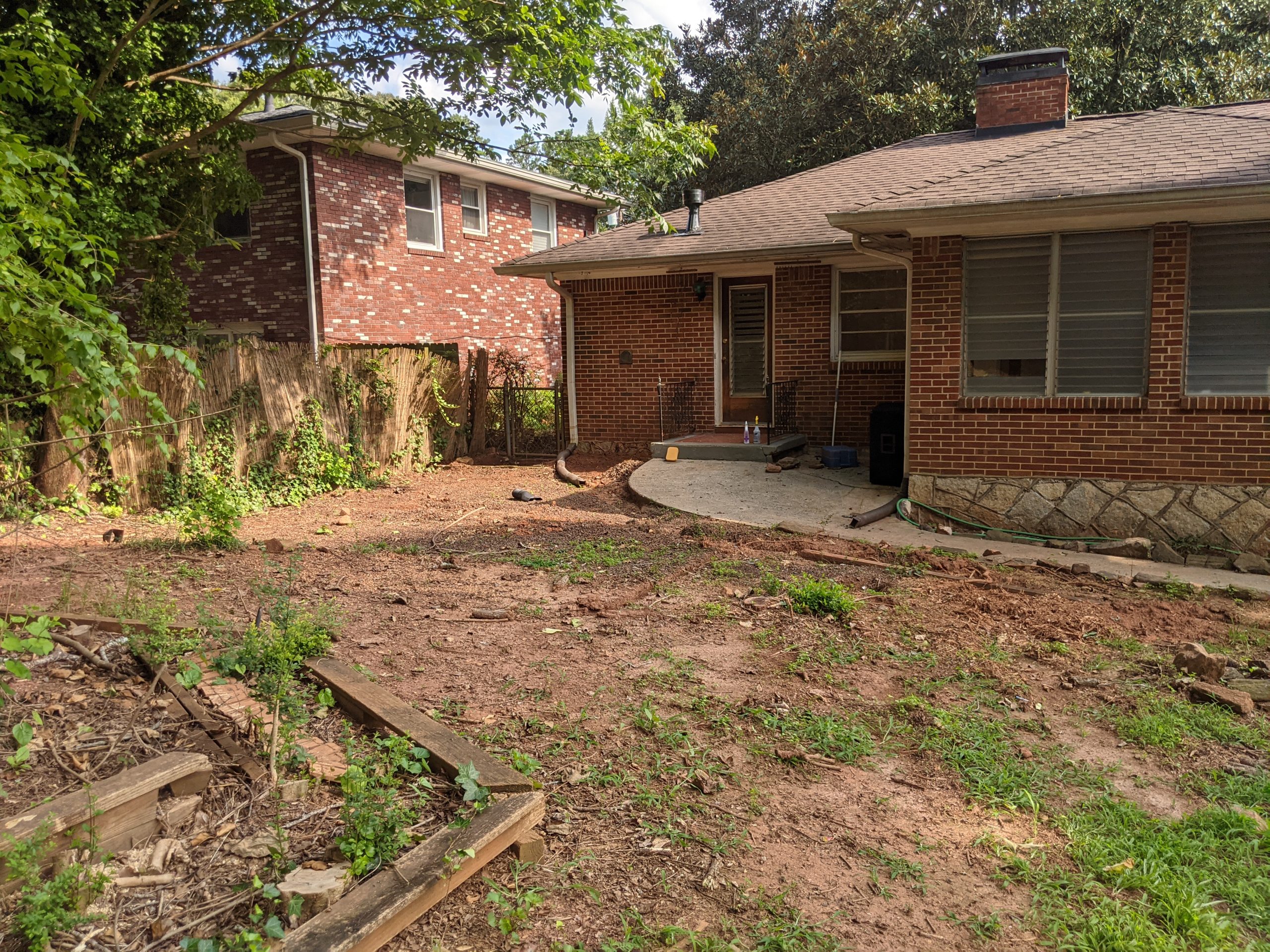
## The “Big Five” Issues in DeKalb’s Aging Homes
### 1. Electrical Systems: More Than Just Bad Vibes
– 70% of senior-owned homes still have original electrical systems
– Common issues:
– Outdated 60-amp service (modern homes need 200-amp)
– No GFCI outlets in kitchens/baths
– Limited outlets per room
– Average upgrade cost: $8,000-$12,000
### 2. Plumbing: The Hidden Money Drain
65% have original galvanized, interior and exterior water service pipes and many have original cast iron sanitary sewage pipes, and in some cases terra cotta pipes and other vintage varieties.
– Issues include:
– Corroded pipes reducing water pressure
– Lead solder concerns in pre-1986 homes
– Aging sewer lines with root intrusion
– Some homes still have polybutylene pipes from the late 20th century that are known for shattering and embrittlement
– Average replacement cost: $12,000-$15,000
### 3. HVAC: The Comfort Crisis
– Average HVAC system age: 15+ years
– Energy efficiency ratings well below current standards
– Lack of zoned systems and limited whole house air service
– Replacement cost with modern system: $9,000-$14,000
### 4. Floor Plans: The Flow Problem
– Classic characteristics:
– Formal living rooms (that harly anybody uses)
– Closed, cramped, narrow or otherwise out of place kitchens
– Small master bathrooms with dated fixtures
– Limited closet space
– Average cost to open up floor plan: $25,000-$45,000 minimum
### 5. Energy Efficiency: The Monthly Money Pit
– Single-pane windows in 55% of homes
– Insufficient insulation by modern standards
– Drafty doors and windows
– Average cost for energy updates: $15,000-$20,000
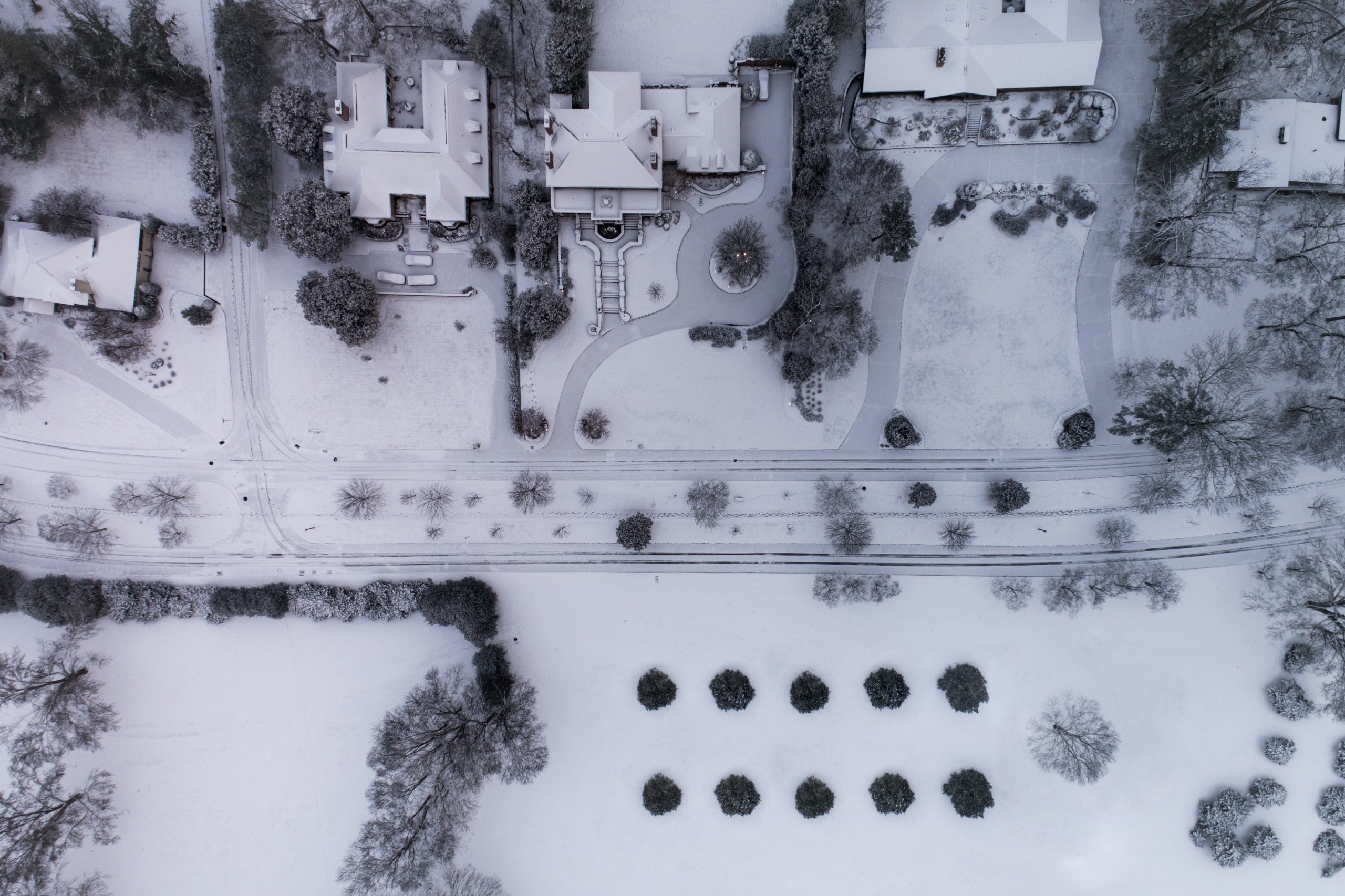
## The Neighborhood Breakdown
### Druid Hills/Emory Area
– Historic, pre-WWII homes (1920s-1940s)
– Preservation requirements
– High renovation costs due to historic guidelines
– Average renovation budget: $75,000+
### Decatur/North Decatur
– Mid-century ranches
– Good bones but dated systems
– Popular for full renovations
– Average renovation budget: $55,000
### Tucker/Northlake
– 1960s-1970s split-levels
– More affordable renovation costs
– Easier compliance with guidelines for permitting
– Average renovation budget: $45,000
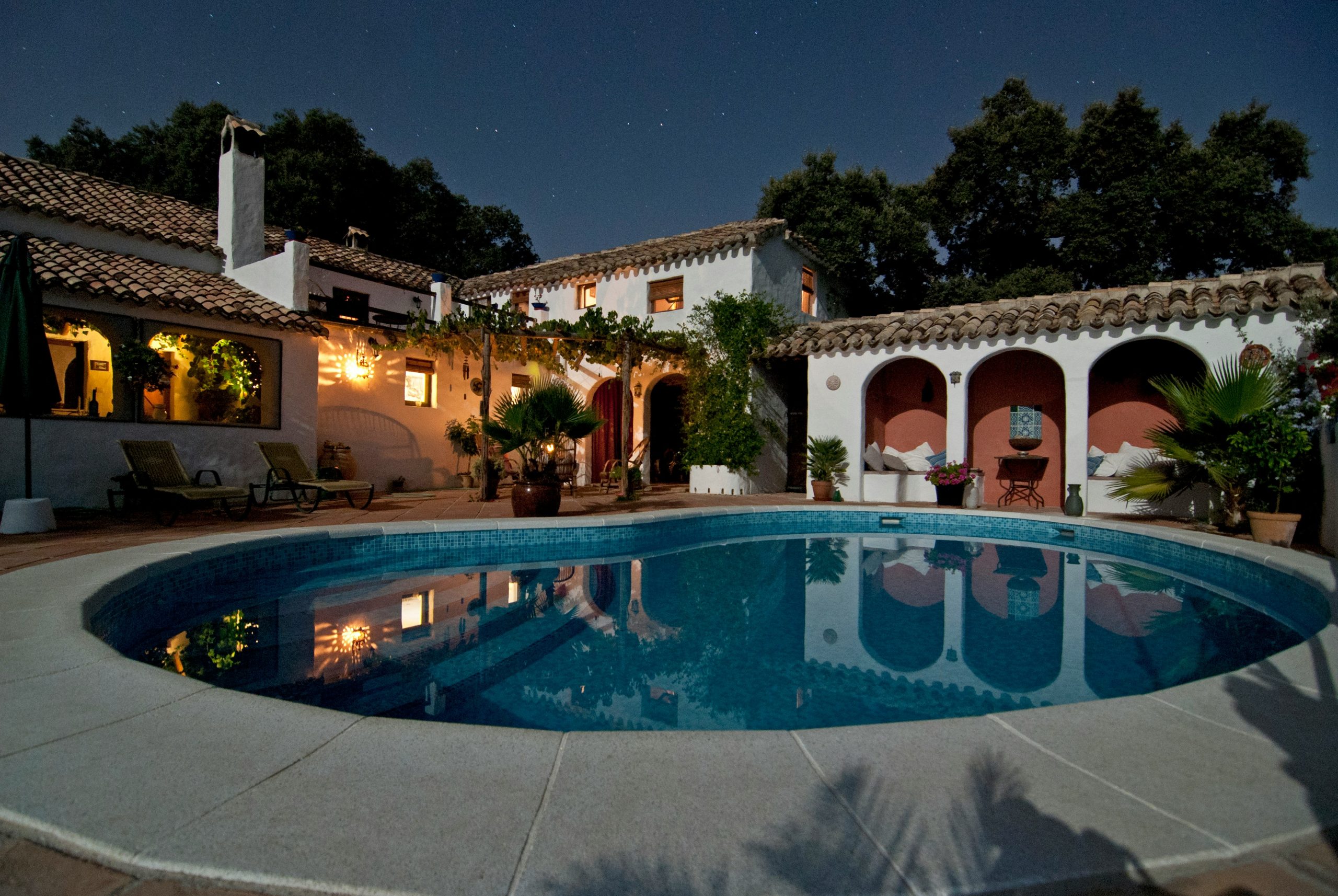
## What Modern Buyers Want (And What They’re Not Finding)
### Must-Have Features Missing in Most Aging Homes:
1. Open concept living spaces
2. Primary suite with large bathroom
3. Home office space
4. Modern kitchen with island
5. Smart home capabilities
6. Energy efficient systems
7. Indoor-outdoor living spaces
## The Renovation Reality Check
### What $42,000 Actually Gets You:
– Basic systems updates OR
– Minor Kitchen renovation OR
– Minor Master suite addition OR
– Opening up main living areas, and if you have asbestos then that is it – you got an opening. And, some full, EPA compliant hoppers to haul away. A gutted house for $42,000.
### What It Won’t Cover:
– Whole house renovation
– Multiple system updates
– High-end finishes and appliances
– Structural changes
## The Market Impact
### Price Points to Watch:
– Unrenovated homes: 20-30% below market
– Partially updated: 10-15% below market
– Fully renovated: Premium pricing on premium streets
– Tear-down potential: Land value plus a conservative 20% unless an even higher premium is obvious and valid
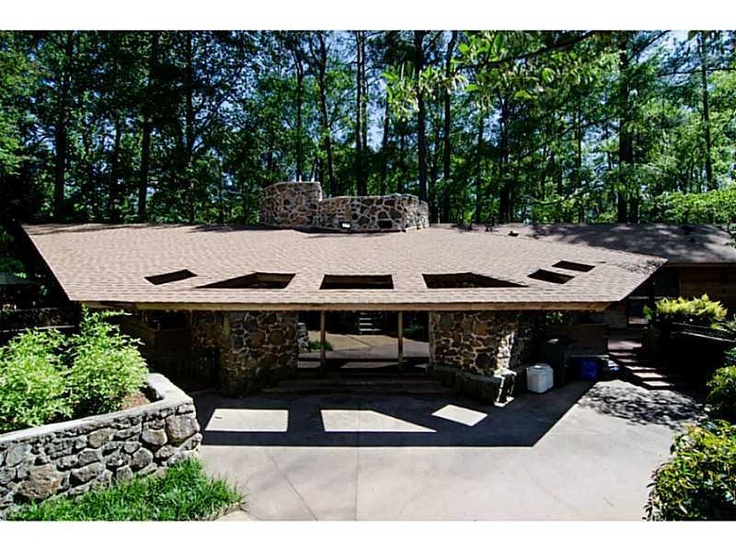
## Solutions and Strategies
### For Senior Homeowners:
– Focus on essential updates first
– Consider pre-sale inspections
– Explore renovation loans
– Partner with a Realtor, like me for a joint venture that will meet your financial and lifestyle goals
### For Buyers:
– Factor in renovation costs versus value
– Look for “good bones”
– Consider FHA 203(k) loans and Fannie Mae Homestyle loans
– Budget for immediate vs. long-term updates – ask me about the Cost versus Value index and how to translate it.
## What’s Next? The Opportunity Zone
Despite these challenges, DeKalb’s aging housing stock presents opportunities:
– Investment potential in key neighborhoods
– Chance to customize homes to modern tastes
– Build equity through smart renovations
– Preserve neighborhood character while updating functionality
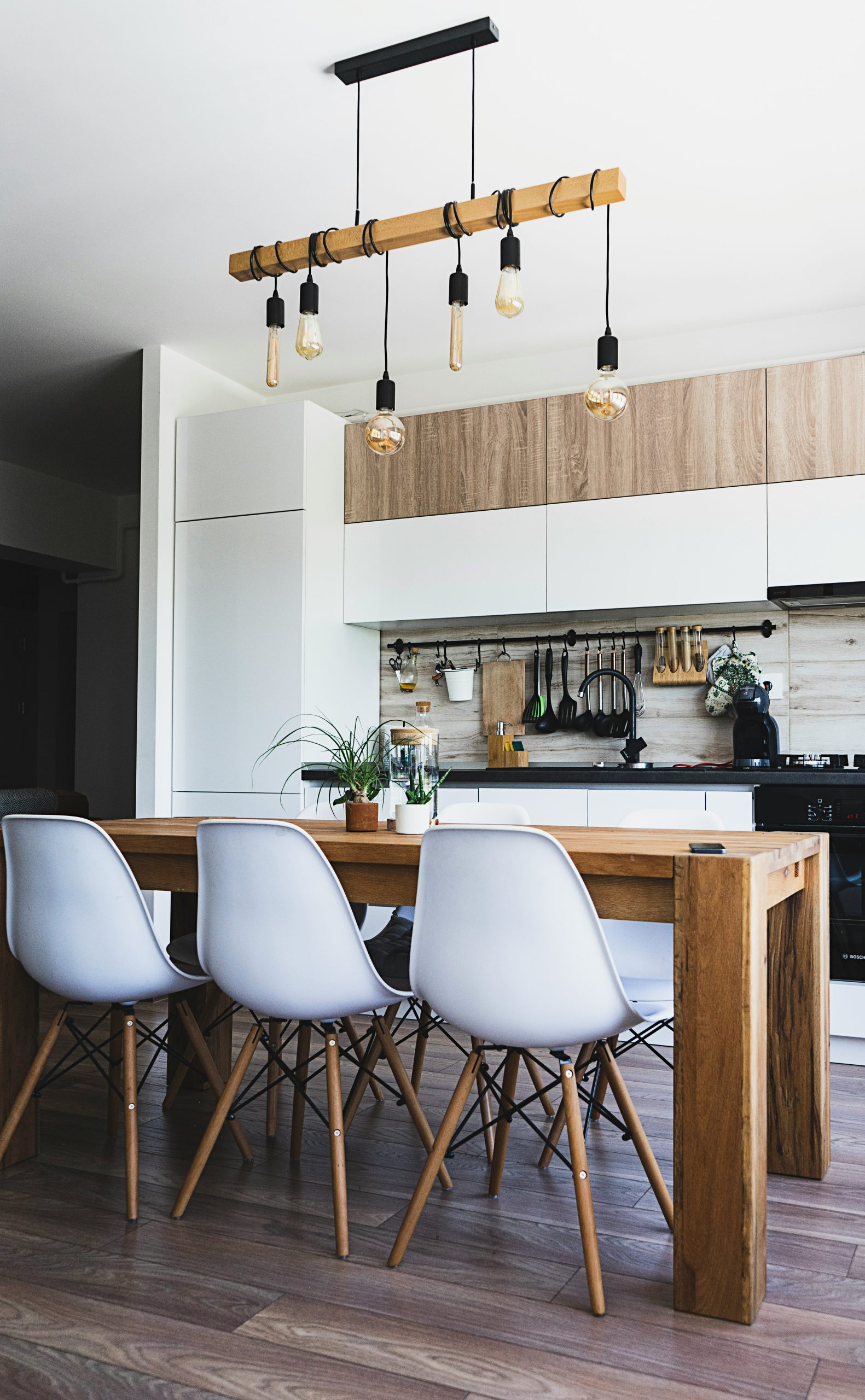
## The Bottom Line
DeKalb’s housing stock challenge isn’t just about aging homes – it’s about bridging the gap between yesterday’s construction and today’s expectations. In our next post, we’ll explore how this affects generational wealth and property values.
—
*About the Author: Lee Taylor
Georgia Realtor since 1999
Share this post!
#DeKalbRealEstate #HomeRenovation #RealEstateInvestment #AtlantaHousing #HomeBuying #SilverTsunami #dekalbcounty
#atlanta #realtor #coldwellbankerrealty

 Facebook
Facebook
 X
X
 Pinterest
Pinterest
 Copy Link
Copy Link